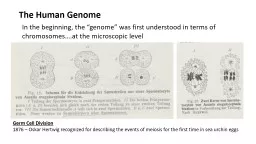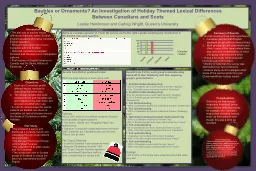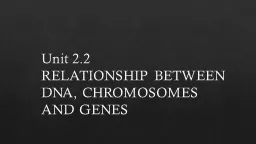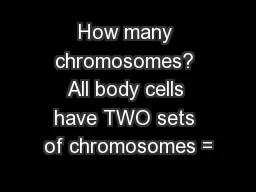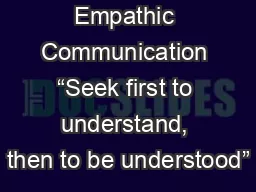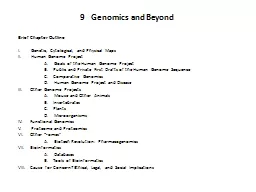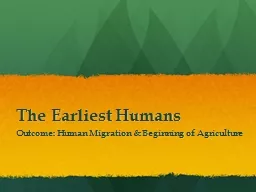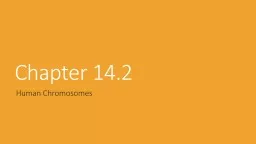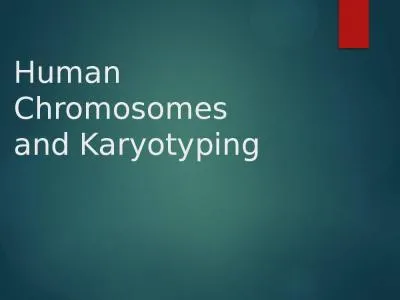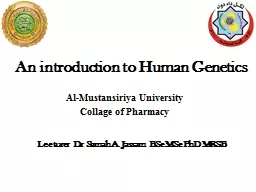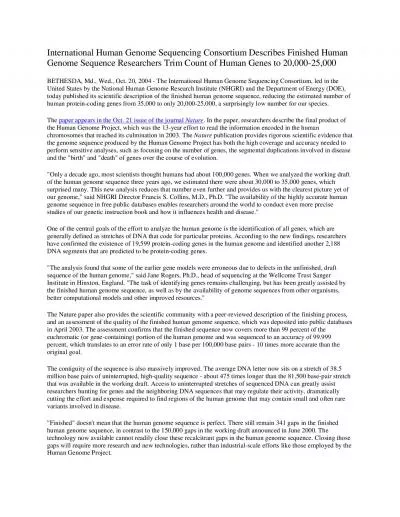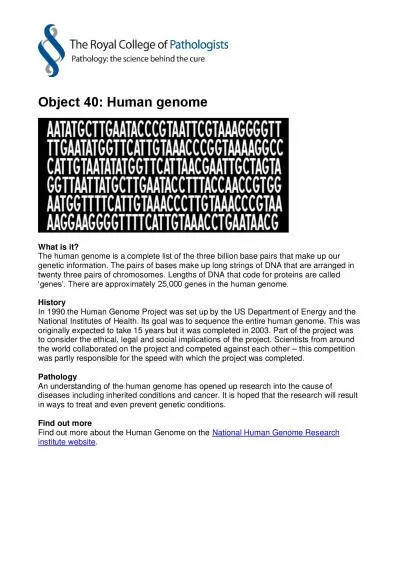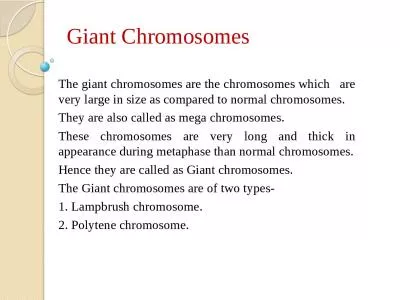PPT-The Human Genome In the beginning, the “genome” was first understood in terms of chromosomes…
Author : pasty-toler | Published Date : 2019-06-20
Germ Cell Division 1876 Oskar Hertwig recognized for describing the events of meiosis for the first time in sea urchin eggs Germ Cell Division 1890 August Weismann
Presentation Embed Code
Download Presentation
Download Presentation The PPT/PDF document "The Human Genome In the beginning, the �..." is the property of its rightful owner. Permission is granted to download and print the materials on this website for personal, non-commercial use only, and to display it on your personal computer provided you do not modify the materials and that you retain all copyright notices contained in the materials. By downloading content from our website, you accept the terms of this agreement.
The Human Genome In the beginning, the “genome” was first understood in terms of chromosomes…: Transcript
Download Rules Of Document
"The Human Genome In the beginning, the “genome” was first understood in terms of chromosomes…"The content belongs to its owner. You may download and print it for personal use, without modification, and keep all copyright notices. By downloading, you agree to these terms.
Related Documents

